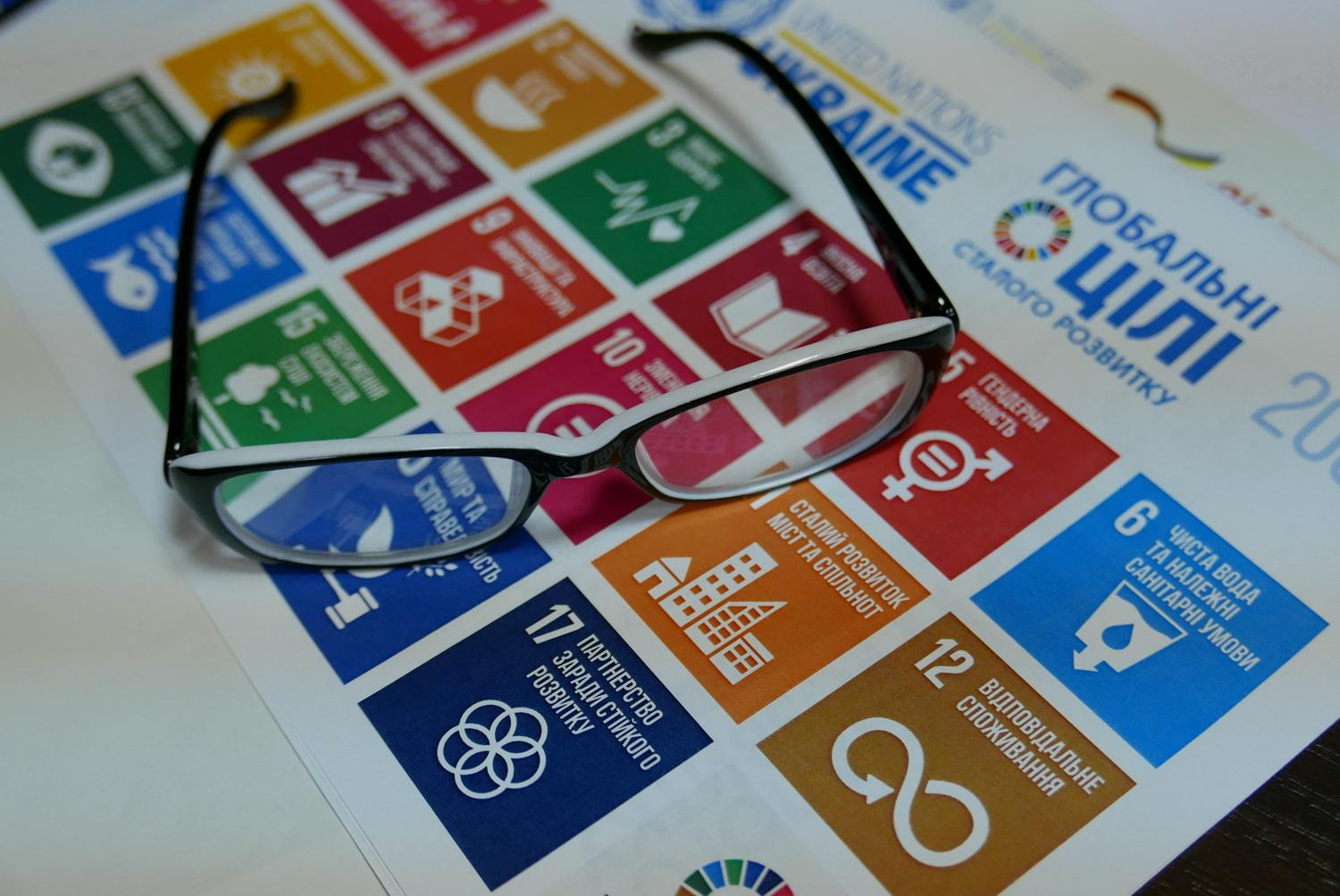Translation project management can be very challenging when the project is complex or voluminous. In order to ensure the highest quality content, the translation project manager has to follow the several steps of the translation project, while scrupulously meeting the deadlines set by the client. Discover how to perfectly manage your translation projects by reading this article.
In order to help you to go smoothly through your localization process, it is useful to know some key elements and to bear them in mind for any translation project.
How to get an Agile Project Management
There are many variables you need to pay close attention to, which is why a clear and structured guideline or professional methodology is essential to help you manage your projects.
3 Key Steps for a good Project Management, including tools :
1. Pre-production
you need to understand thoroughly the client’s request and analyse it closely (quality of the files, volume, deadlines…) in order to offer your client a detailed quotation and launch the project.
2. Production
once the client has signed the quotation, your project can start. Make sure to build a team most compatible with the project manager translator. The next challenge is to put together a “project briefcase” which gathers the project constraints, the ressources and the translation tools the team will need glossary, translation memory, translation software, CAT tools, detailed brief…
A translation project manager continuously follows the mission and is the link between the client and the translators for any question one or the other may have. You probably already know some project management tools that are perfectly adapted to translation projects such as : Dashboards, Gantt Chart (online), or Project Scheduling. Remember that for the past few decades, the localization industry has been going through a lot of changes and is still developing really fast.
In fact, in the future, project managers will have to focus on volume and technology.Once the translation has been finalized, the document goes through the steps of proofreading, reviewing, and layout. Finally, the document is proofread one last time. Don’t skip this crucial step or the document’s quality- now a product – could be affected.
3. Post-production
now that the project has been delivered to the client, save it and archive it properly so that the client can have a limited-time access to it.
Preparing the Translation Project
You may want to ask your client to take into account some important aspects in the preparation of the translation project so that the process goes on without hitting a snag. The following checklist will help you get the documents and information you need.
The Checklist for an Agile Project Management:
- Request the field of the destination contents: marketing, technical, juridical…? Make sure that your team includes a translator specialized in the concerned field.
- Determine Which purpose does the destination content serve?
- Ask if there is any specific terminology that needs to be used?
- Inquire about SEO optimization? Minimum/maximum characters?
- Get confirmation about What is the format of the source document? Of the destination document? (Word, Excel, HTML, Indesign,…)
The answers to those questions will facilitate your teamwork and help you contextualize the project.
Also, make sure that the given deadlines allow you to provide high-quality translations and that the destination language is precisely indicated. Request only the final version of the source text which needs to be translated. For English-written destination documents, you definitely need to avoid any misunderstandings, and you must know if the client asks for an American English or a British English translation.
N.B.: Including the privacy policy of your agency or company is a good way to advertise seriousness and professionalism.
Now that you have taken into account all of the above, you are holding all the cards to convince and to reassure your client!
What about colours in your localization project? Discover more useful translation and localization articles on the TCLoc blog.



